
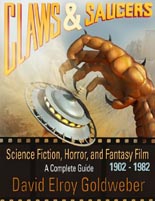 I won’t, but I could tell you in excruciating detail where I was when I found out about — and subsequently purchased — Michael J. Weldon’s The Psychotronic Encyclopedia of Film. Same goes for Joe Kane’s The Phantom’s Ultimate Video Guide in 1989, not to mention many others across many years.
I won’t, but I could tell you in excruciating detail where I was when I found out about — and subsequently purchased — Michael J. Weldon’s The Psychotronic Encyclopedia of Film. Same goes for Joe Kane’s The Phantom’s Ultimate Video Guide in 1989, not to mention many others across many years.
I bring it up only because had David Elroy Goldweber’s Claws & Saucers been published then instead of now, the ins and outs surrounding its acquisition forever would be imprinted on my brain. Claws & Saucers doesn’t have the personality to emerge as indispensable as those genre-centric film guides, but it generates the same nostalgic charge upon digging into it. Put simply, this huge, four-pound volume is just fun to flip through, whether to titles that pique your curiosity or at random.
Dedicated to horror, fantasy and science fiction, it’s the kind of film book that has taken up not just a special place in my heart, but an entire quadrant. It’s also the kind of film book a major publishing house would have handled back in the day, if not for the World Wide Web smothering mainstream print with a throw pillow. (Thanks, Internet!) Even acknowledging its faults — the wide pages would be better served by a two-column layout and ditching the extra spaces following punctuation — I’m smitten.
A contributor to the Forces of Geek website, Goldweber says he put nine years of work into Claws & Saucers — a claim I don’t doubt for a second. While it is impossible for such an endeavor to be “complete” (as the subtitle claims, but these things become outdated during the printing process), Goldweber has reached as close as possible by wisely using 1982 as a cutoff point. (Why then? Because, he writes in the intro, Tron’s computer effects changed everything.) I’d argue that he could fill at least another 684 pages by covering ’83 on, given two reasons:
1. that technological advances have made it easier for the layman to make movies
2. and that post-Star Wars, Hollywood has prioritized and lionized sci-fi, instead of relegating it to drive-in fare.
He’s still got, oh, eight full decades to work with, resulting in somewhere slightly north of 1,700 reviews, from Abbott and Costello Go to Mars to Z.P.G.. For each, the write-ups are usually brief: a touch of plot regurgitation, a fair bit of critical eyeballing, a round of numeric ratings and it’s on to the next one. Those numerals rate each flick on a 10-point scale in five categories: Action, Gore, Sex, Quality and Camp. These rankings strike me as so arbitrary to be white noise: I glossed right over them rather than got annoyed by them. It’s the written opinions that count, and the Claws & Saucers experience is more reliable than your local newspaper’s TV listings, and more open-minded than Leonard Maltin. —Rod Lott

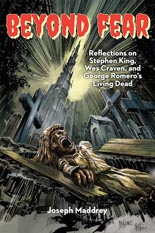
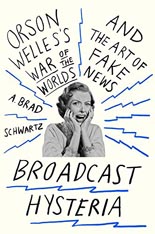
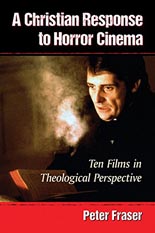

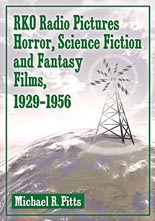
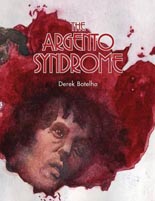
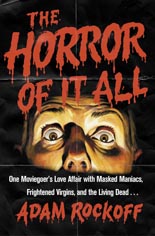
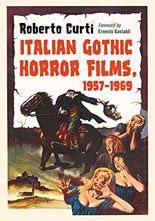
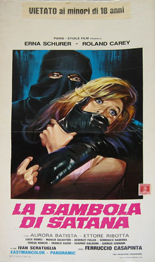 Naturally, the more iconic and influential the film, the more Curti has to say about it; for example, I think nothing eclipses Mario Bava’s
Naturally, the more iconic and influential the film, the more Curti has to say about it; for example, I think nothing eclipses Mario Bava’s